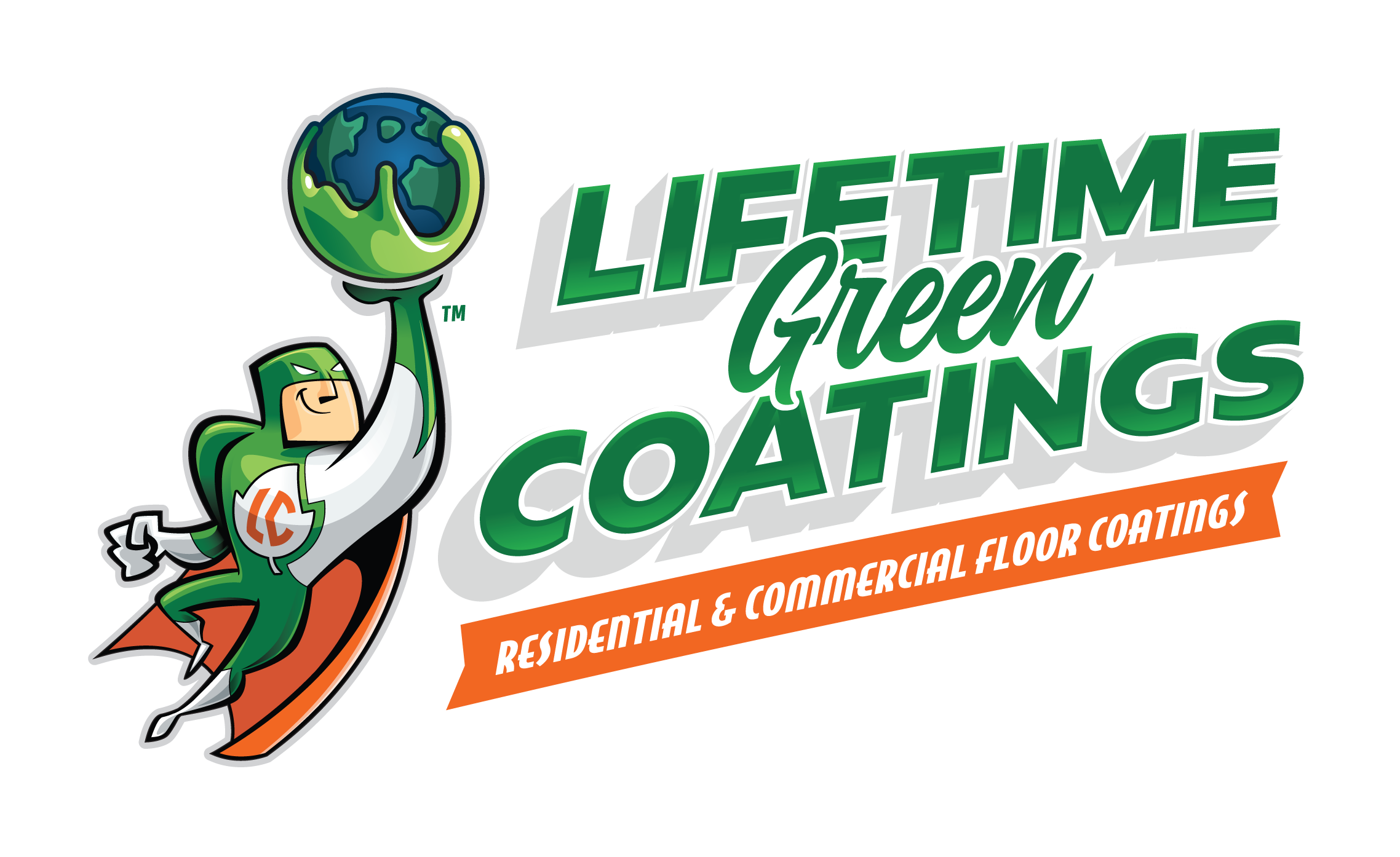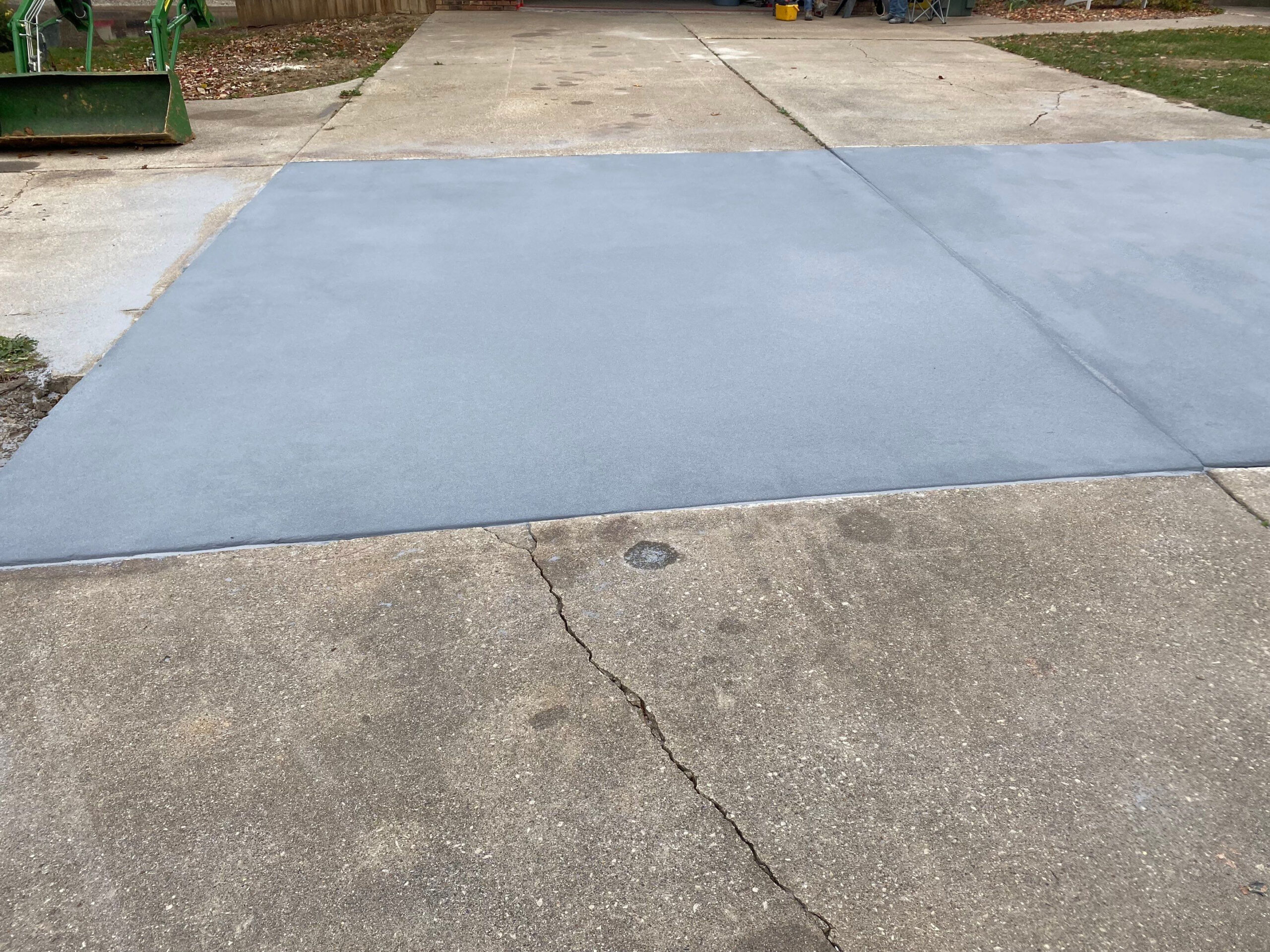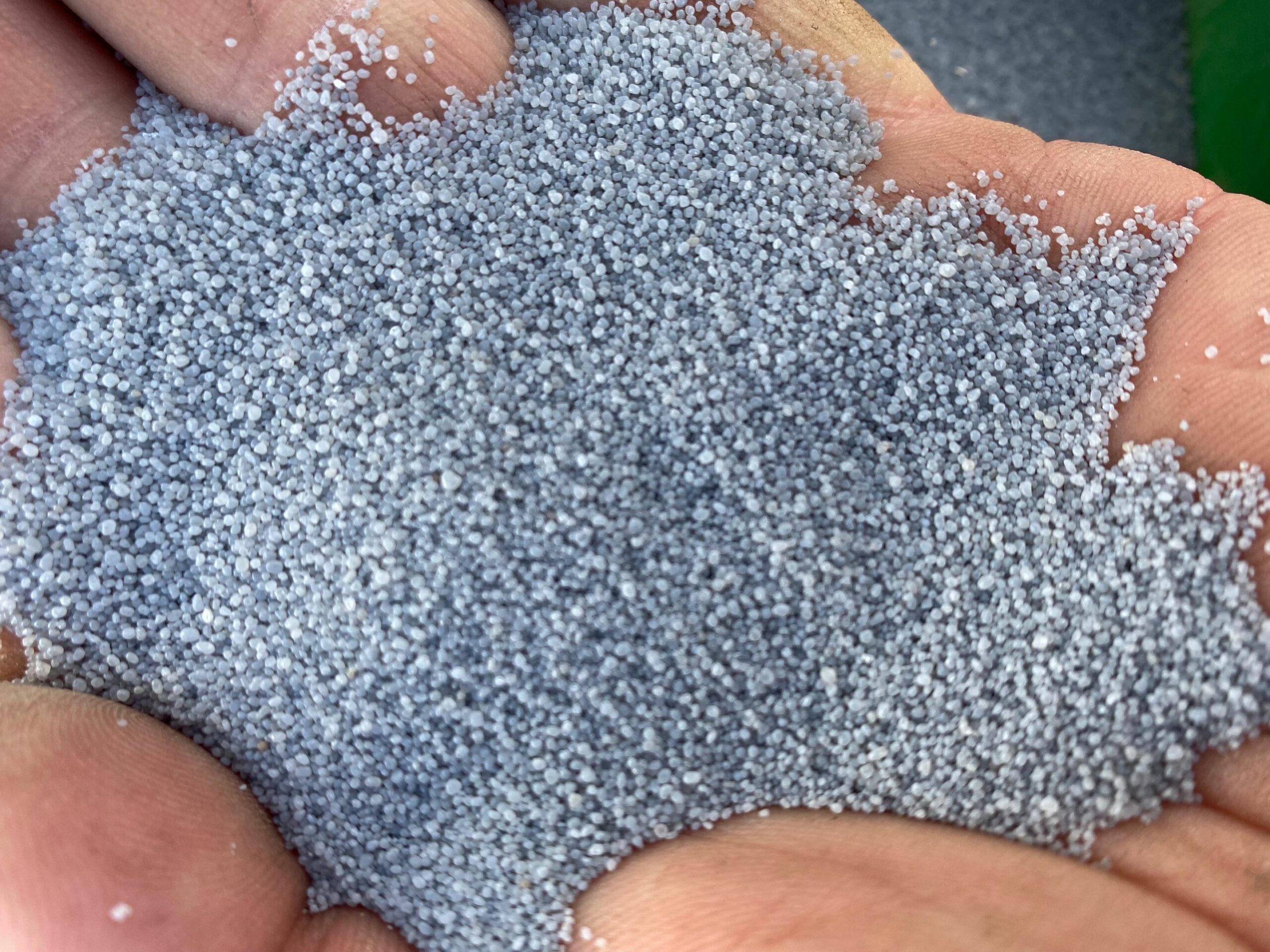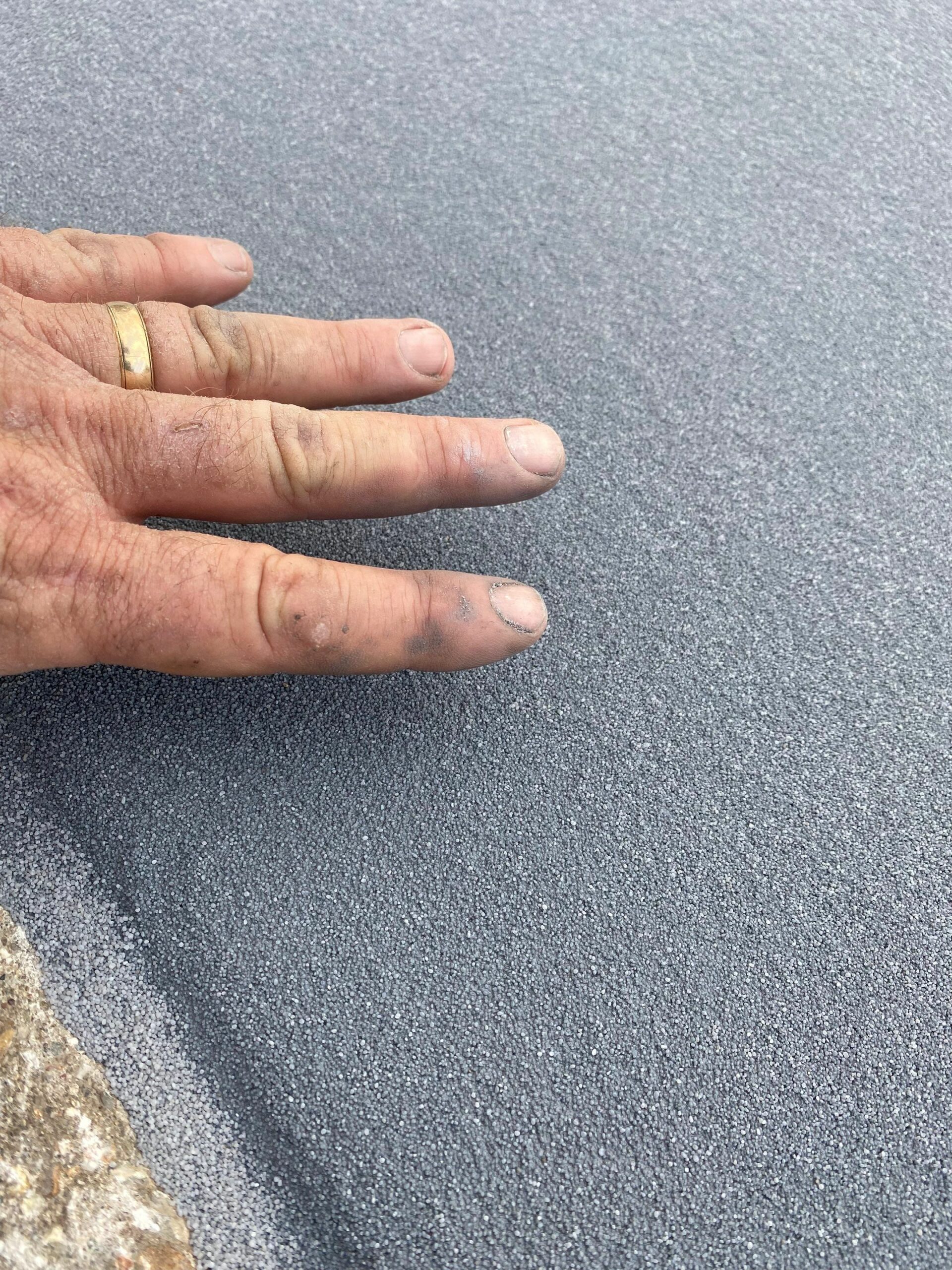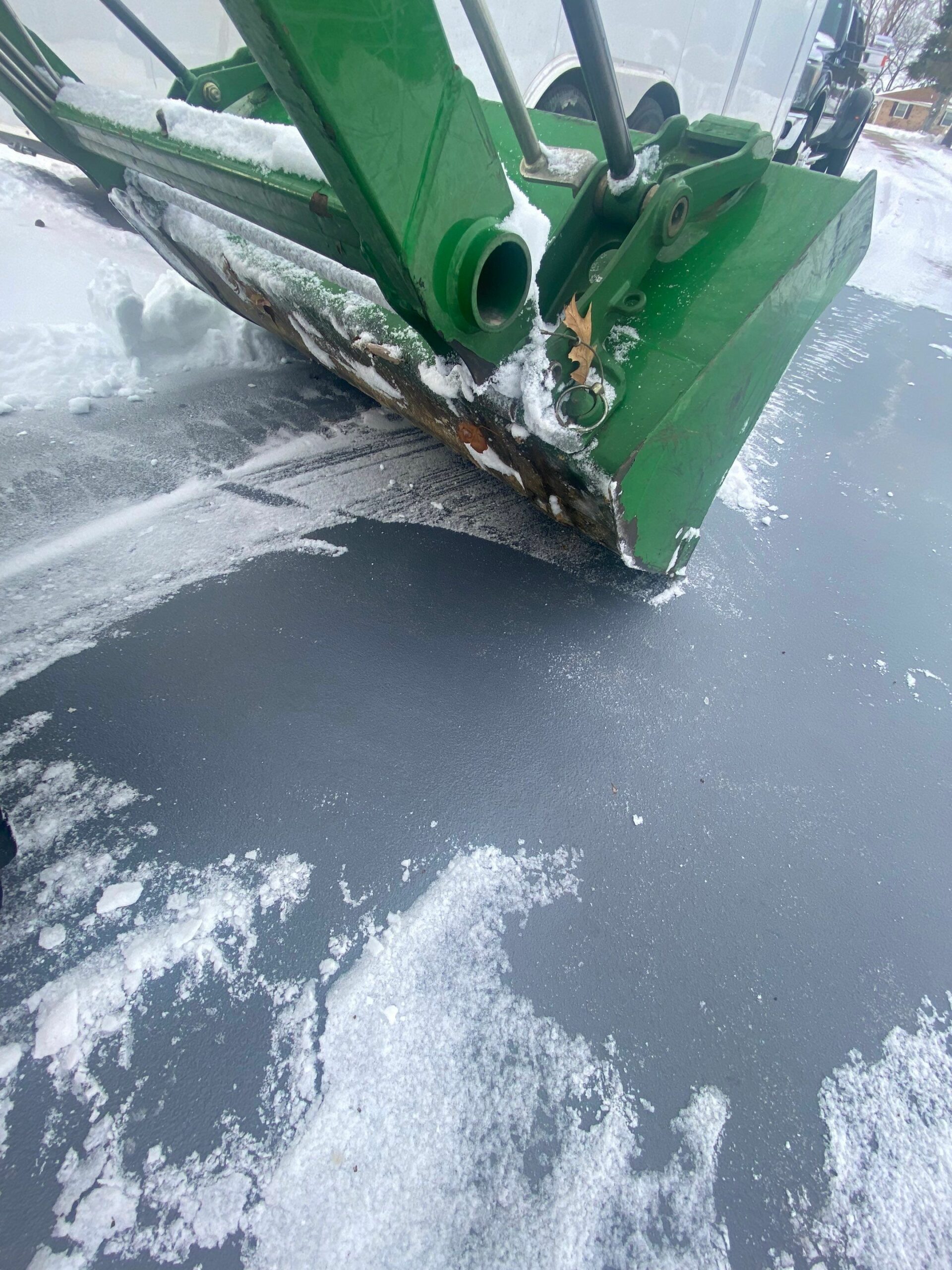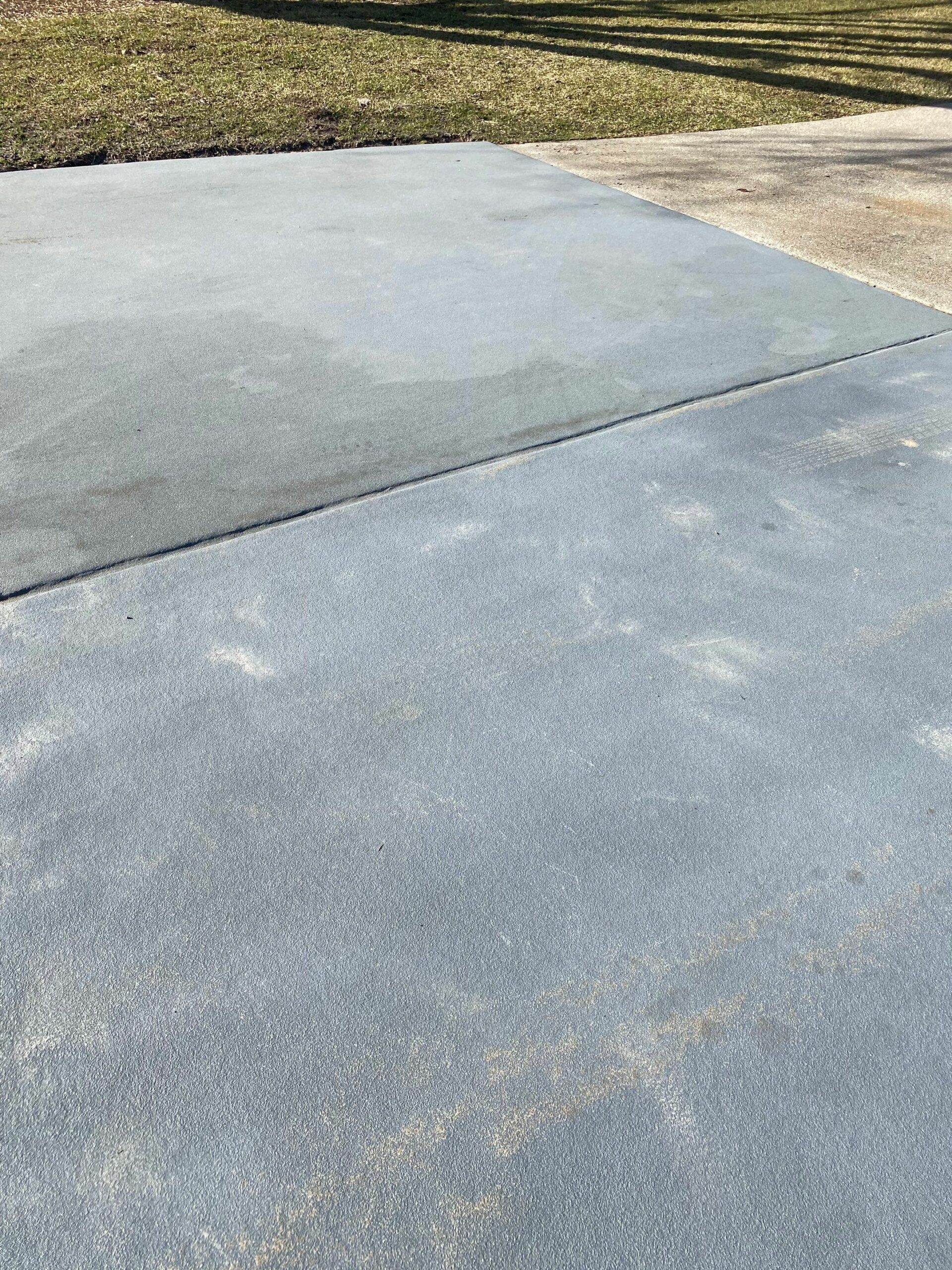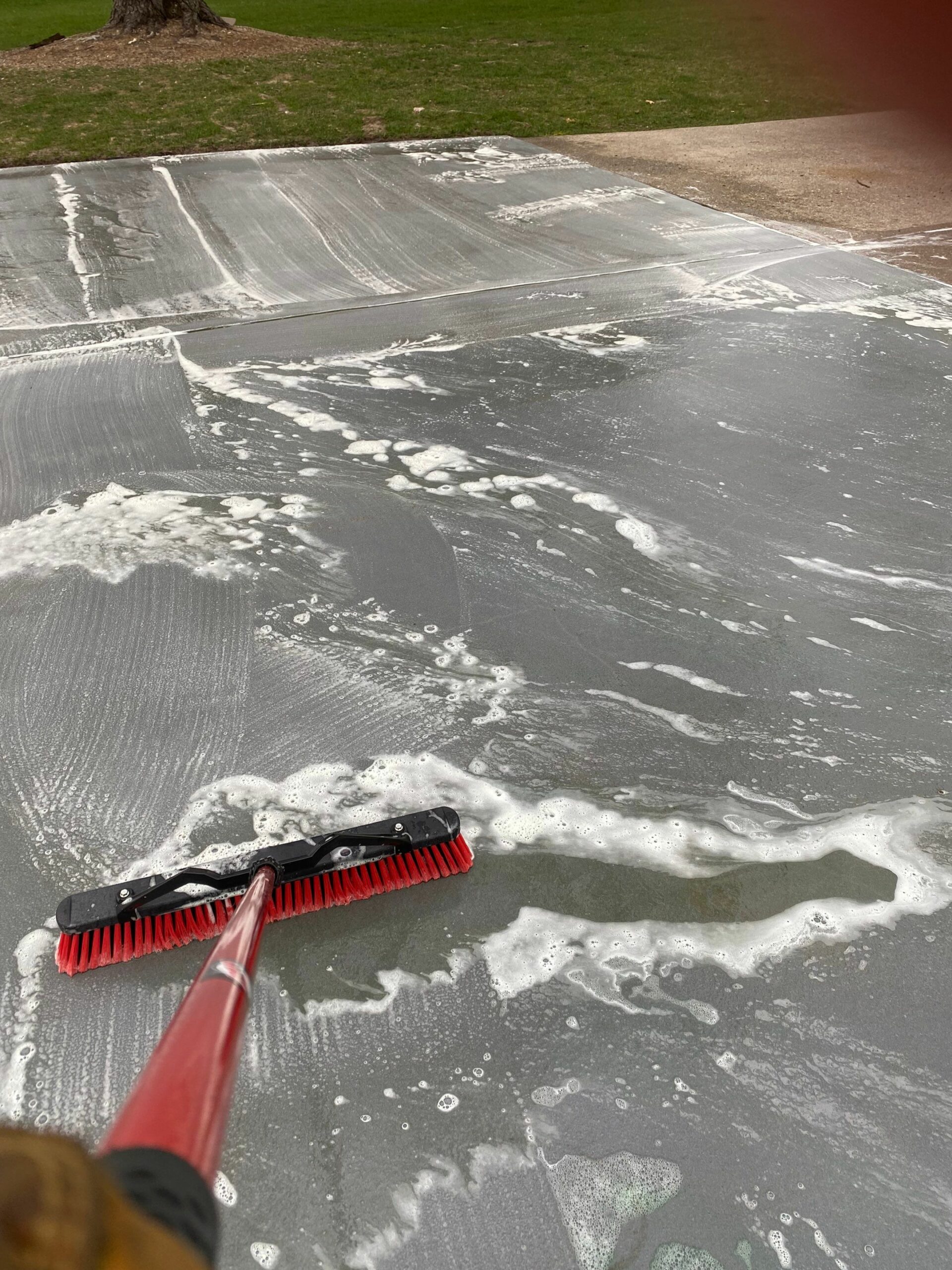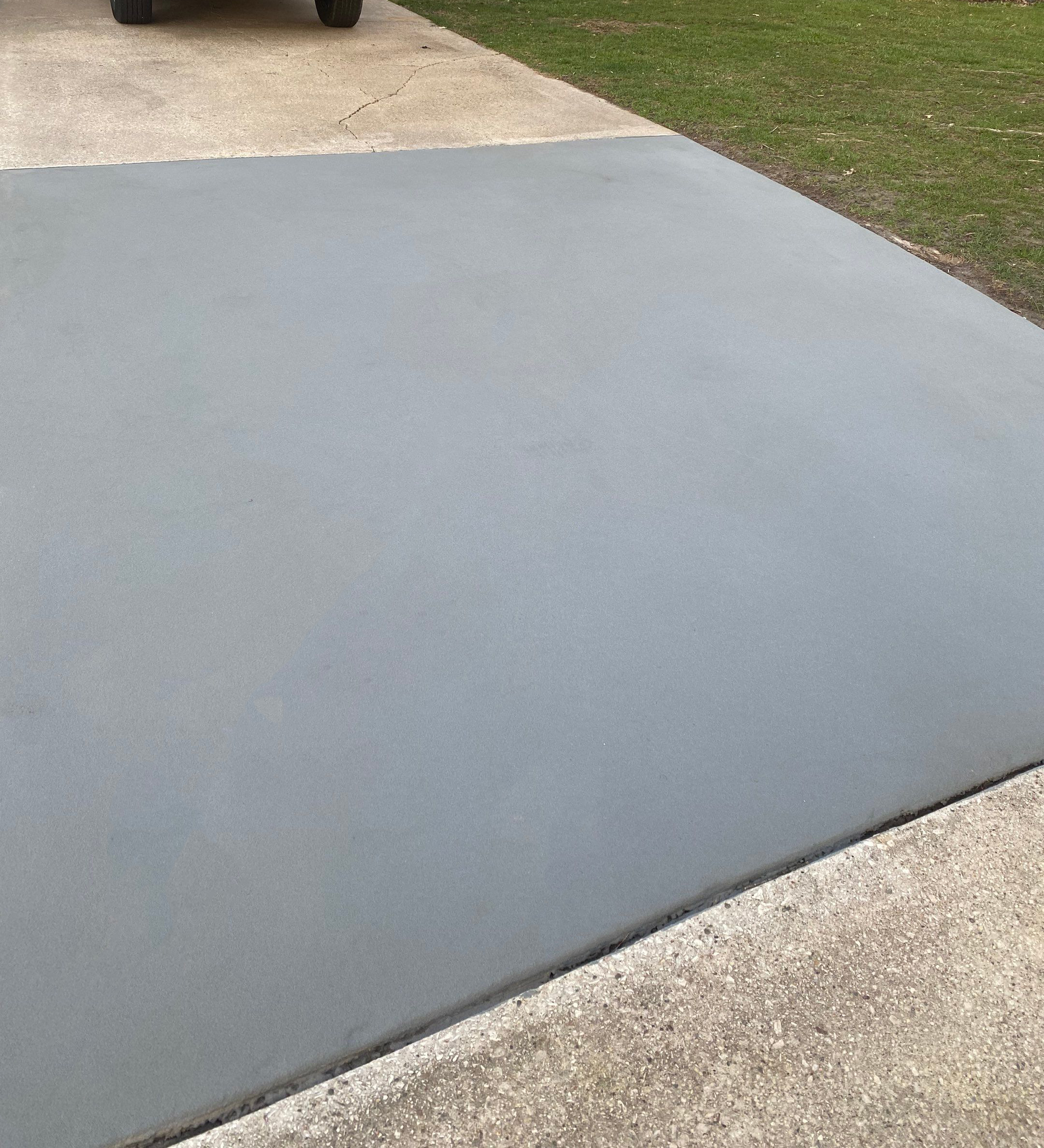Company: Exterior Home Coating Applications
Location: Chicago, IL
Renovations: Exterior Home Coating / Driveway
Case Study
The earliest known uses of concrete-like mixtures in construction date back to 6500 BCE to the Nabataea people who lived and traded in the Middle East. Ancient concrete structures have been found along the Danube River in Eastern Europe, as well as in Egypt, China, and the Mediterranean. Over the ages, people around the globe have invented concrete in various ways, using natural materials readily available to them.
Arguably, the golden age of ancient concrete occurred during the time of the Roman Empire. Romans mastered the art of concrete construction and many of their structures, including the Colosseum and the Pantheon, as well as numerous aqueducts, villas, docks, and baths, have withstood the test of time and are still in use today. It’s hard to imagine the concrete slab on your driveway surviving one bad winter, let alone over 2000 years of exposure to the elements and human use.

Problem
While scientists continue to research the secrets of Roman concrete, it’s unlikely that any discoveries will prompt any significant changes in modern concrete recipes. Homeowners and builders in the United States today face significant challenges when it comes to the longevity and durability of exterior pads such as driveways, sidewalks, and patios. Luckily, Lifetime Green Coatings offers superior exterior coatings to stabilize, correct, and prevent damage to concrete caused by aging, other failed coatings, settling cracks, and chemical damage.
In this case study, conducted near Chicago, IL, a consumer partnered with Lifetime Green Coatings to conduct a patch test on a slab of their aging concrete driveway. This concrete was in poor condition, with several major cracks and lots of discoloration. While this case study was conducted for a consumer, the results are relevant for homeowners and homebuilders. Both have the same goal of protecting and beautifying their exterior space but often face different challenges surrounding the subsurface concrete.
Issues Facing Homeowners
Homeowners often face specific issues regarding aging concrete that have cosmetic and even structural impacts on the home. Whether owners are looking to increase property value and curb appeal in anticipation of selling or simply looking to correct damage for their own peace of mind, Lifetime Green Coatings addresses common concerns such as aged and cracked concrete, previously failed coatings, and chemical damage.
Driveways, patios, and walkways withstand daily use from people, pets, and vehicles. This repeated usage over time causes wear and tear that can, if left untreated, lead to highly damaged surfaces. Homeowners typically park their vehicles in the same spots day in and day out which causes uneven damage across the surface.
Some homeowners choose to coat their surfaces with an alternate coating (and some homeowners simply inherit these coatings when they purchase their house). Historically, the coating of choice was epoxy-based, however, coatings with polyurea and polyaspartic bases have been on the rise for the last few years. Unfortunately, these homeowners often come to regret these materials as they suffer a myriad of issues including peeling, hot tire pickup, and yellowing or color distortion due to the sun. These alternative coatings are also unable to adequately hide existing imperfections such as cracking or staining over a long period of time. Eventually these coatings “telegraph” or show the imperfections through the coating which defeats one of the main purposes of exterior coatings.
Chemical damage can occur day-to-day without homeowners even realizing it. One such example occurs in Colorado, where local ordinances mandate the use of Magnesium Chloride as a snow deterrent and ice melter. This compound is sprinkled over snowy roads and then tracked onto driveways and into garages, ultimately breaking down the concrete floor. Acid stains are another common unsightly occurrence.
Issues Facing Homebuilders
Unlike homeowners who are left to fix imperfections left by previous owners, homebuilders are challenged with crafting a structure that will last for years to come without needing to be fixed. When homebuilders pour concrete slabs for driveways, patios, and walkways, they must consider these critical factors to ensure the longevity and durability of these essential home features.
One of the largest considerations for builders is the potential for cracks after the ground beneath the slab has “settled.” After being poured, concrete slabs move up to a few inches as the supporting ground soil is packed and shifts underneath. This phenomenon is often unavoidable and ultimately causes cracks in the concrete as the ground below adjusts, although cracking can also occur past the initial settling point as the slab expands and contracts due to changes in temperature. For example, in some southern states the soil is composed of clay, which isn’t the best support structure for concrete slabs. During the winter, the ground soil may shift up to 10 degrees and can shift up to 110 degrees in the summer.
Builders, in their effort to mitigate this unsightly and costly occurrence, focus on the tensile strength of the coating. Tensile strength is the maximum stress that a material can withstand before breaking when stretched or pulled. This is particularly important for exterior coatings because of shifting due to settling and temperature changes. To keep from cracking, coatings must be able to withstand the shifting and remain flexible to move with the slab.
Another issue commonly encountered by builders is UV stability. UV and weather conditions can wreak havoc on driveways and coatings, causing delamination or peeling as well as color changes in relatively short amounts of time. Unsurprisingly, builders want to utilize coatings that can resist harsh weather and UV conditions, maintaining the strength and aesthetics of these features as purchased by the homeowner.
Solution
For the test pad in Chicago, Lifetime Green Coatings applied a base coat in the Sinclair Silver color at the homeowners request. The coating was then saturated with a full broadcast of quartz, providing a diamond-hard finish that will endure constant exposure to the elements. The project was completed in early November and left to face heavy vehicle traffic, as well as the harsh winter to follow. Despite harsh winter conditions that included exposure to sub-zero temperatures and regular snow plowing, the coating was unscathed come spring with no damage to the surface.
After six months, the concrete had heaved as much as 1” across the entire driveway. The coating successfully stretched with this motion resulting in zero cracking. Neighbors even asked the owner if new concrete had been installed.
Solutions for Homeowners
When attempting to fix previously damaged concrete, Lifetime Green Coatings offers a myriad of benefits for savvy homeowners. The coating has 100% adhesion and can be applied to surfaces that were previously coated with other products as well as pitted and cracked concrete. Lifetime Green Coatings has a noticeably thicker base, which ultimately aids in leveling out surfaces with previous cracks. Additionally, this thicker composition means that previous cracks will not eventually “telegraph” or become visible over time.
Lifetime Green Coatings has over 25 years of experience in high-traffic, high-stress applications, including industrial ship decks, public parking decks, and produce manufacturing facilities. Beyond this proven durability, the coating is easy to care for, needing only soap and water. Cleaning chemical contaminants, such as Magnesium Chloride, is easy and well within the homeowner’s abilities with Lifetime Green Coatings.
Solutions for Homebuilders
In regards to tensile strength, Lifetime Green Coatings boasts nearly the same density as concrete (3000 psi) when cured, as well as 120% elongation. As mentioned earlier, the base of the coating is noticeably thicker, providing more flexibility and strength than competitor coating products.
Likewise, Lifetime Green Coatings offers superior durability against UV exposure. Unlike epoxy and other alternatives, Lifetime Green Coatings does not delaminate from concrete after exposure to harsh weather and UV conditions, nor does the color of the base change. While everything inevitably fades after prolonged exposure to the sun, homebuilders can rest easy knowing that this fading will not compromise the actual color of the base, shifting from one color family to another..
Key Adhesion Numbers:
| Thickness | 0.050”-0.100” (1.3mm - 2.5mm) |
| Durability | Astm C627 [16,000 Passes Of An Average Sized Car] [No Debonding Or Deterioration Occurred] |
| Tensile Strength | Astm D412 900 Psi (20 mil application) 2000 Psi (35-40 mil application) |
| Elongation | Astm D412 20 - 100% |
| Crack Bridging | 1/16” (1.6mm) |
| Impact Resistance | (Izod) 2 Ft-lbsf/Inch ( Drops Sharply At -20°c ) (11 Kgf-mm/Mm) Hardness - Shore Durometer D 50 +/- 10 |
| Hardness | Shore Durometer D 50 +/- 10 |
| Heat Resistance | Continuous 200°f (93°c) |
| Minimum Temperature | -20 To -40°f (-30 To -40°c ) |
| Maximum Temperature | 200°f (93°c) |
| Water Absorption | Astm D570 0.3 % |
| Rapid Chloride Permeability | Astm C1202 17 (Nil) Coulombs [After 6 Hours] |
Results
In addition to the success of our pad test, our builder group has been very pleased with the efficiency of the quartz process, wherein the driveway cures in one day. By eliminating the need to demolish and clear existing driveways and lay new slabs, the cost savings of our coating process is undeniable. Additionally, the products are 100% made in the USA which eliminates international supply chain delays and costly customs, further adding to the fast turnaround time and low cost.
What’s left is a stunning, protected exterior slab that will last for many years to come. Homeowners and homebuilders alike benefit from the superior longevity, durability, and flexibility of Lifetime Green Coatings.

